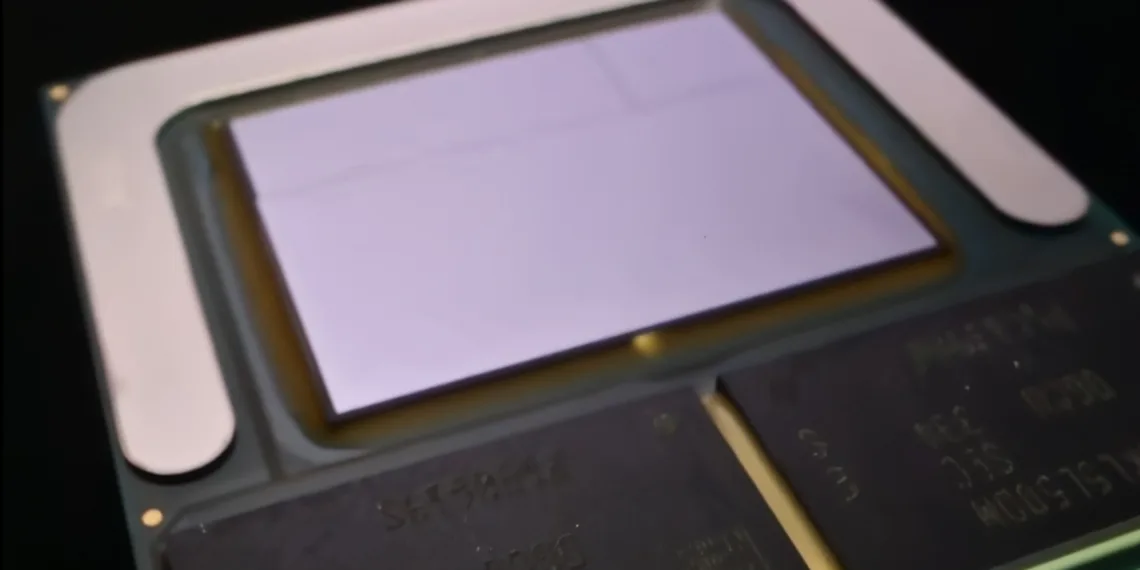Some new benchmarks of Intel’s Core Ultra 200V “Lunar Lake” CPU have appeared, revealing details as to how the processor performed and what kind of power it consumed. The new CPUs are said to fall in a not otherwise specified model within this newly discovered CPU series through recently leaked data from @jaykihn0 who previously broke details about Intel’s Lunar Lake Lineup.

Intel Lunar Lake Core Ultra 200V CPU Benchmarks Leak
The Intel Lunar Lake “Core Ultra 200V” CPUs are based on a Compute Tile design including four P-Cores (the Lion Cove architecture) and four LP-E cores (based on Skymont). The highest Core Ultra 9 288V model, for instance, has a PL1/PL2 TDP of only 30W to suggest it’s not the flagship version. Differences among models include varying cache sizes, iGPU configurations, and clock speeds, with options such as the Core Ultra 7 offering 12MB cache and Arc 140V iGPUs.

As for performance benchmarks, early tests over @jaykihn0 provide several clues. With 17W, the Intel Core Ultra 200V has a score of approximately 3438 points in Time Spy compared to around 4151 points with just only allowing for its TDP at laptop mode (30W) then there is almost nearly twice higher TPD. Wildlife Extreme Unlimited is a similar story, with the CPU scoring 6185 points at 17W and then thereafter hitting 7561 points at 30 watts for a boost of around +22.2% performances from low to high power levels.
Other CPU-intensive tests such as Cinebench R23 also fare better. The 17W configuration scores an impressive 8182 points and the higher TDP model takes it up to 10,212 making it 25% faster. The differences in other benchmarks like Geekbench 5 suggest perhaps some inconsistencies here or early optimizations.

In terms of greater power efficiency, Lunar Lake at 17W shows significant improvements over current-gen Core Ultra 7+165U at 15 W (a lot more when looking at balance modes) and gains can be in the region up to a staggering 441% faster than balanced configurations.
With Intel poised to launch its Lunar Lake CPUs at retail in September, these benchmarks underscore the competitive ground being taken away against forthcoming AMD Zen 5 processors from Intel which is forcing them to significantly improve their thin and light designs for performance efficiency across the market.
FAQs
How does the performance of Intel’s Lunar Lake ‘Core Ultra 200V’ vary between its 17W and 30W configurations?
The 30W configuration demonstrates a substantial performance increase of 20-25% in benchmarks such as 3DMark Time Spy and Cinebench R23 compared to the 17W setup.
What competitive challenges does Intel face with the upcoming launch of Lunar Lake against AMD’s Zen 5 processors?
Intel’s Lunar Lake CPUs, set for release in September, aim to compete with AMD’s upcoming Zen 5 processors, highlighting the need for optimized performance and efficiency in the thin and light computing segment.








